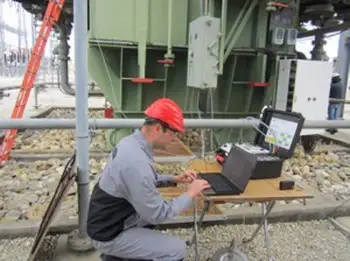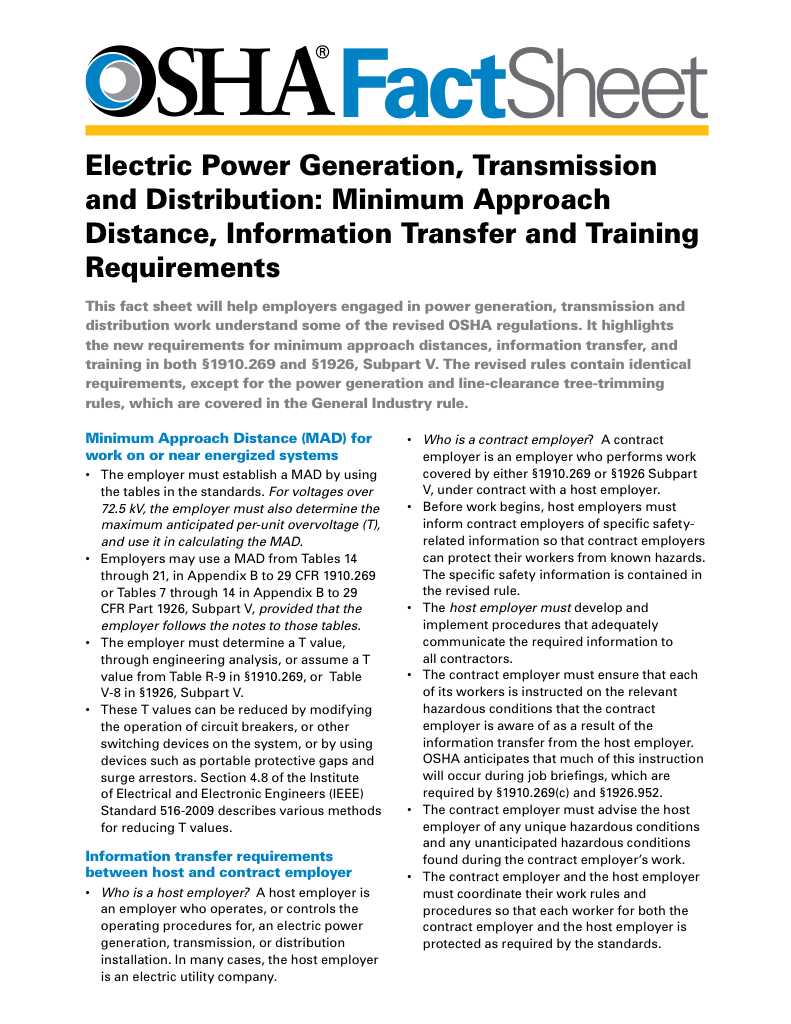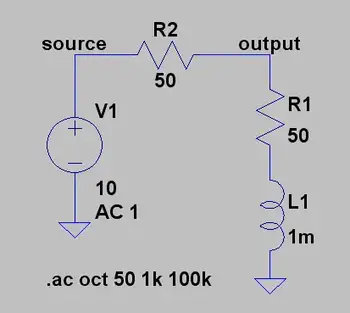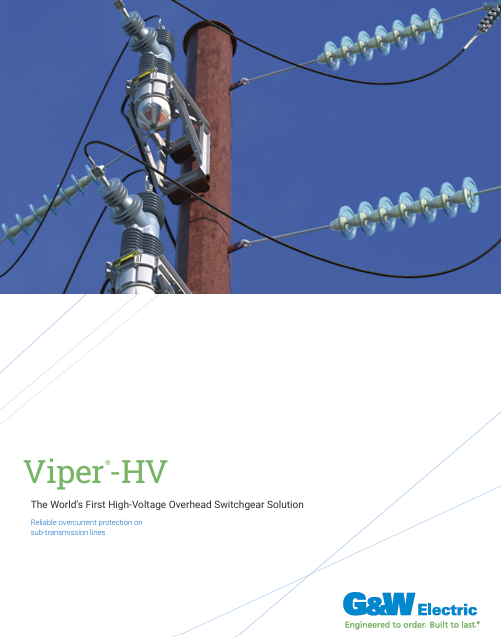Flyback Circuit Primary Voltage Explained

Substation Maintenance Training
Our customized live online or in‑person group training can be delivered to your staff at your location.

- Live Online
- 12 hours Instructor-led
- Group Training Available
Download Our OSHA 3873 Fact Sheet – Minimum Approach Distance and Training Requirements

- Calculate MAD using voltage and overvoltage values
- Ensure proper communication between host and contract employers
- Meet OSHA training requirements for qualified electrical workers
Flyback circuit primary voltage determines peak stress, magnetizing current, and energy transfer; governed by duty cycle, input range, turns ratio, leakage inductance, and snubber/clamp networks for MOSFET protection and EMI control.
What Is Flyback Circuit Primary Voltage?
The voltage across the primary winding, set by input, duty cycle, and turns ratio; it dictates peak stress and energy.
✅ Sets MOSFET Vds stress and required clamp/snubber rating.
✅ Depends on Vin range, duty cycle, turns ratio, leakage L.
✅ Influences magnetizing current, EMI, and core saturation.
Flyback Circuit Primary Voltage - In modern electronics, the flyback circuit has become indispensable for various power supply systems due to its unique ability to control and distribute power efficiently. Its importance lies in applications that require the separation of energy between primary and secondary sides of the transformer to generate multiple output voltages. This mechanism is essential for creating compact, efficient power supplies for devices ranging from televisions and computers to industrial machinery, enabling improved performance and energy conservation. For readers new to transformer fundamentals, see what a transformer is to ground this flyback discussion in core concepts.
Electrical Transformer Maintenance Training
Substation Maintenance Training
Request a Free Training Quotation
A flyback circuit, commonly used in switch-mode power supplies, is essential for controlling power efficiently across multiple outputs while reducing energy loss. Understanding the primary voltage is crucial for electrical professionals, as it influences the performance of power supply systems across various applications, including televisions, industrial machines, and computer displays. This type of converter stores energy in its transformer before transferring it, providing benefits like improved control over output power, reduced voltage drop, and enhanced power efficiency. This knowledge is particularly valuable for electrical workers, as it aids in optimizing performance and preventing damage to sensitive components. To appreciate how energy transfer supports real-world loads, review what transformers do and how those roles map to primary and secondary behavior.
FREE EF Electrical Training Catalog
Download our FREE Electrical Training Catalog and explore a full range of expert-led electrical training courses.

- Live online and in-person courses available
- Real-time instruction with Q&A from industry experts
- Flexible scheduling for your convenience
The Fundamentals of Flyback Circuits and Transformers
At its core, it operates similarly to a buck-boost converter but uses a flyback transformer to store energy. The transformer’s primary winding is connected to the DC power source, and as current flows through, it generates a magnetic field. This field stores energy in the core of the transformer until the switch turns off. Once this happens, the energy stored is transferred to the secondary winding, inducing power that is then delivered to the output. This design allows for flexibility in achieving multiple outputs from a single circuit, enabling it to meet the diverse requirements of various electronic devices. This behavior reflects the broader principle that a transformer increases or decreases voltage depending on turns ratio and timing in the flyback topology.
In these circuits, the primary winding and secondary winding play significant roles in energy management. The primary side is responsible for energy intake, while the secondary side directs the energy towards the outputs. The turns ratio between the primary and secondary windings determines the output power, a feature particularly advantageous for switch mode power supplies as it allows for the adjustment of power levels with precision. Selecting an appropriate core, gap, and turns ratio also depends on understanding transformer types that suit isolation, power level, and frequency requirements.
How Flyback Controllers Regulate the System
A controller governs the duty cycle of the circuit, determining the length of time the primary winding receives energy. By adjusting the duty cycle, the controller regulates the amount of energy stored in the transformer, ensuring it is optimally transferred to the secondary side. This process helps maintain stable output, protecting the connected components from power fluctuations. In coordinated control systems, designers may pair regulation ICs with auxiliary supplies derived from control transformers to stabilize housekeeping rails and startup biasing.
Controllers are critical for applications where multiple outputs are required from a single power supply, as they provide precise control over each power output. For instance, in scenarios where different paths need varied power levels, the controller ensures that each secondary winding output receives the appropriate power based on the transformer’s turns ratio.
Components and Functionality of Flyback Converters
The converter’s design includes an output diode and an output capacitor, which together help manage the flow of energy once the transformer’s magnetic field collapses. When the switch opens, current flows from the primary winding to the secondary winding, inducing a power in the secondary side. The output diode becomes forward-biased, allowing current to pass through, charging the output capacitor and supplying energy to the load. These functions mirror practices found in larger electrical power transformers where rectification and filtering shape usable DC for downstream stages.
One key aspect of converters is their capability to store energy within the magnetic field before transferring it. This energy storage function enables it to operate at a high level of efficiency. Moreover, the output diode safeguards by blocking any reverse current that could otherwise interfere with the transformer’s performance.
Addressing Voltage Drop and Ensuring Safety
Voltage drop is a common issue, particularly in high-frequency applications. In these cases, limiting the power spike by providing a path for the excess current. This path prevents damage to components, such as the switching transistor, by ensuring the induced power remains within safe limits. For a concise refresher on core operation, consult electrical transformers explained to connect snubber design back to transformer fundamentals.
Electricity Today T&D Magazine Subscribe for FREE

- Timely insights from industry experts
- Practical solutions T&D engineers
- Free access to every issue
For electrical workers, understanding the significance of the circuit’s primary voltage is essential for designing reliable power supply systems. This knowledge enables technicians to troubleshoot potential issues effectively, ensuring that energy is transferred efficiently without risking component failure.
Flyback Circuit Applications and Practical Benefits
Flyback circuits are integral to various technologies, including low-voltage power supplies, where compact and efficient energy transfer is paramount. Their ability to produce multiple outputs makes them highly versatile, from domestic electronics to industrial power systems. Electrical professionals who work with converters benefit from understanding the critical role of primary and secondary windings, as well as the importance of the controller and output diode in managing output power.
Flyback circuits are invaluable for their ability to convert and control power across multiple outputs effectively. Electrical workers who are familiar with their primary voltage management can optimize performance, prevent unnecessary power drop, and ensure the longevity of essential components. Mastering the intricacies, including the role of the duty cycle, input power management, and turns ratio, ultimately enhances efficiency and reliability in electronic power supply applications.







